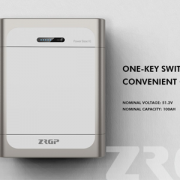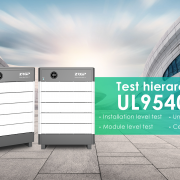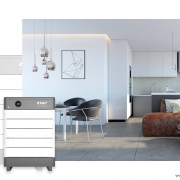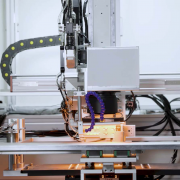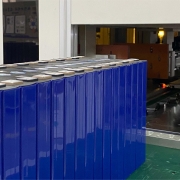ZRGP | The 4 Main Types of Inverters
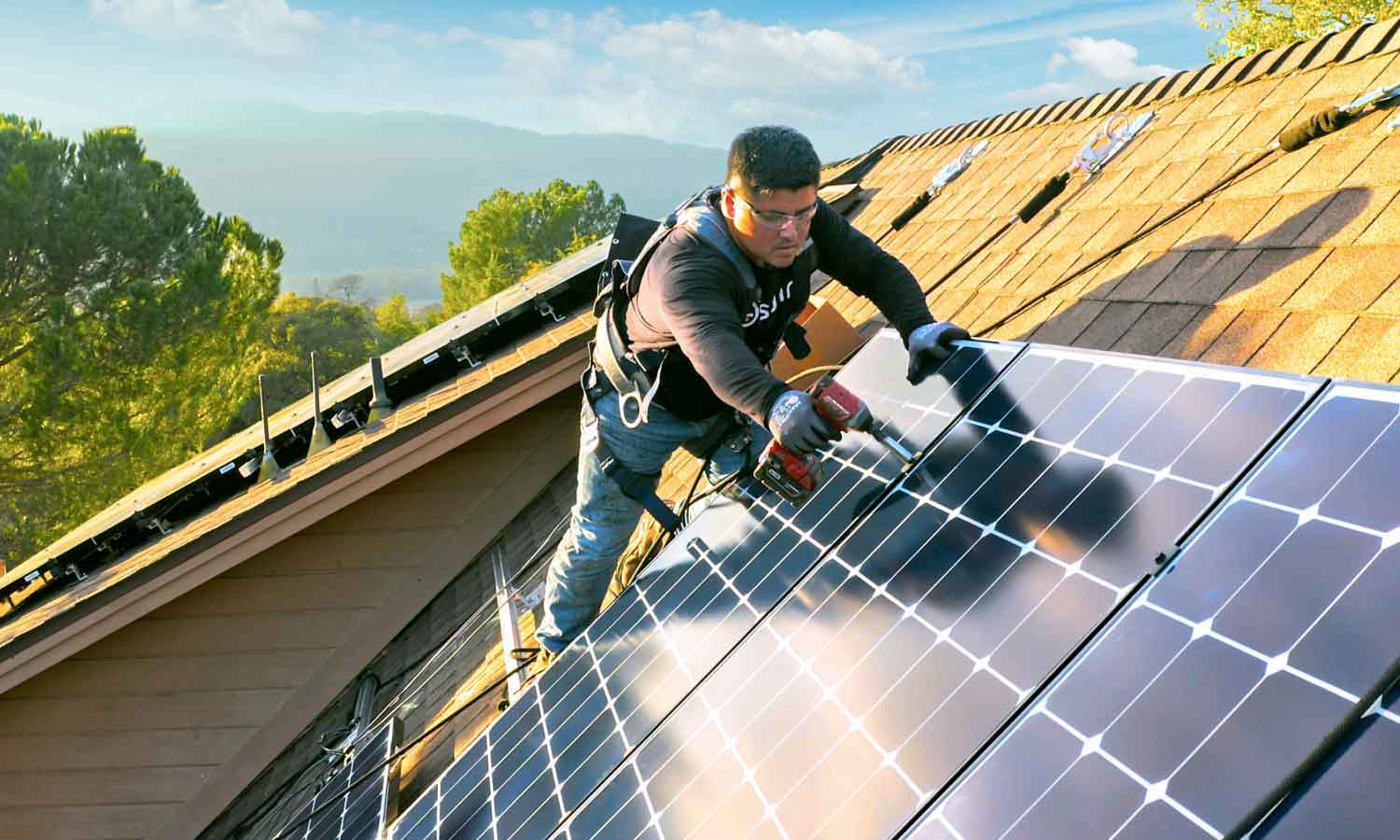
Here, we explain the differences and hopefully help clear up some of the confusing and conflicting terminologies such as multi-mode inverter, inverter-charger, battery inverter and battery-ready inverter. ZRGP Lithium Battery’s household energy storage systems are compatible with 16 world-famous inverter brands. Electricity prices are forecast to increase by 35% according to energy giant Alinta Energy.
Grid-tied inverter
Grid-tied inverters are for a grid-tied solar system.
These require an active grid connection to function. If the grid goes down, you will not be able to use any Solar Power produced. Another feature of the Grid-Tied inverter is that you can feed Solar Power back into the grid.
Grid-Tied setups are ideal for homes or businesses that use the majority of their electricity during the day. Supplementing your daily electricity usage with Solar Power will drastically reduce electricity bills.
Off-grid inverter
An off-grid inverter is for a stand-alone or off-grid solar system.
Off-grid inverters convert the DC energy from a solar battery or the solar panels into AC energy.
Some off-grid inverters work as inverter/chargers because they also allow you to charge your battery bank from an AC source such as a generator.
These inverters are ideal for game lodges, rural areas, or new homes that are not connected to the grid.
Hybrid inverter
Hybrid inverters sometimes referred to as battery-ready inverters, combine a solar and battery inverter together in one simple unit.
Hybrid inverters give you versatility because they can work in both a grid-tied and off-grid system.
Unlike grid-tied inverters, however, hybrids don’t shut down during load shedding or a blackout. Rather, they disconnect from the grid and continue supplying you with power.
They also work as an inverter/charger because they can connect to the grid or a secondary AC source like a generator to charge the battery bank when the sun can’t do the job.
It’s this versatility that makes hybrids your best option if:
You’re trying to beat load shedding or power outages;
You want to sell your excess electricity to the grid;
Battery inverter
Battery inverters are the most basic type of inverter used with batteries. They convert DC low-voltage battery power to AC power. These are available in a huge range of sizes, from simple 150W plug-in style inverters used in vehicles, to powerful 10,000W+ inverters used for off-grid power systems. These inverters are typically coupled with MPPT solar charge controllers connected to one or more solar panels.
Electricity prices are forecast to increase by 35% according to energy giant Alinta Energy. With the way that things are being forecast right now, it’s going to cost you much more in the long run not to invest in renewables like solar energy, solar batteries, EV chargers, and heat pumps.
We are on a mission to help homeowners move to a fully electric lifestyle for the greater good of the planet. Only we can do this together and move towards a healthier, more sustainable future.

